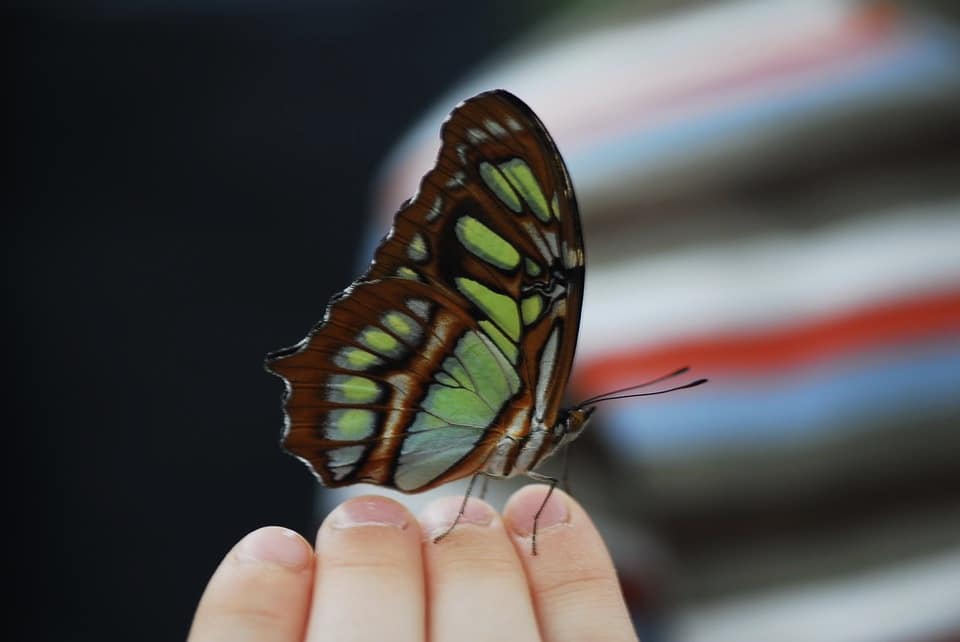How to Prepare Your Child for That First Summer Camp Experience
Is your kid ready for some outdoor fun? Getting your child prepared for that first summer camp experience can be an adventure in and of itself. Safe and active explorations can set your youngster up for a positive experience, and you don’t even have to leave your backyard to help them prepare! Use this advice from Ivy League Kids to set your kids up for a memorable summer experience.
A firm foundation. Summer camp offers an intense opportunity for children, especially that first time out. Oftentimes it’s an introduction to independent living because children are afforded a level of freedom and responsibility that is all new to them.
Cover the basics. Most camps don’t allow your child to bring a cell phone, so provide a calling card so you can be reached, and show your youngster how to use it. Another option is to teach your child how to call collect. Either way, your kid—and you—will be reassured that you are just a phone call away. Also make sure your child knows how to make a bed and manage a morning and bedtime routine independently. And if you haven’t already taught your youngster about calling 911 and finding trustworthy adults during emergencies, it’s time to have that conversation.
Backyard fun. If you have a pool, now is the time to teach your child water safety and help them become a strong swimmer before heading off to camp, since many programs feature pool and beach activities. Before beginning your swim lessons, make sure your pool area is outfitted for safety. Building a barrier to keep kids (and critters) out of the water when you’re not there to supervise is a critical safety measure. Angi fence installation statistics note that wooden fences are an attractive but budget-friendly choice compared to vinyl and aluminum, and calling at least three companies for an estimate will help you lock down the best price to build your structure. Another fun way to get your child comfortable and excited about camp is to check out the wildlife in your backyard. There may be interesting plants, bugs of all shapes and sizes, and even a frog, salamander, or snake lurking in your lawn. You can catch the critters in clear containers to see them more closely, and teach your children to be gentle with them and to release them when you’re done.
Get dirty. The soil itself offers opportunities for learning and exploration. There are creatures that burrow, roots, and different sorts of rocks and pebbles, and most kids love to receive permission to get dirty! Show your child an appropriate place for digging and add a handful of mud- and dirt-friendly toys to the excursion. You’ll be surprised how much a kid’s imagination can create. In the end, take a moment to teach your child about cleaning up appropriately. Talk about how to scrub away dirt and to clean under fingernails, and what to do with soiled clothes at camp.
Play in a creek. Creeks offer big fun to kids, and you don’t want the first time your child encounters one to be at camp. There is slippery terrain to navigate, and it’s a great opportunity to teach your child about being safe. Take a field trip from your backyard to a local park and spend some time skipping rocks, wading, and hunting for crawfish so your youngster becomes comfortable. Also, keep your eyes peeled for poison oak, poison ivy, and poison sumac. Talk with your child about how to identify the plants. Both poison ivy and poison oak have three leaves in a triangular pattern, and poison sumac grows with leaves in pairs. You may wish to show your children images of the plants so they can recognize them readily. KidsHealth recommends that children wear long clothing in the woods to avoid accidentally touching the plants.
Adventure awaits! That first trip to camp is a major life event. Lay some groundwork and do explorations of your own. With a great foundation, your child is bound to have a terrific experience.
Image courtesy of Pixabay

